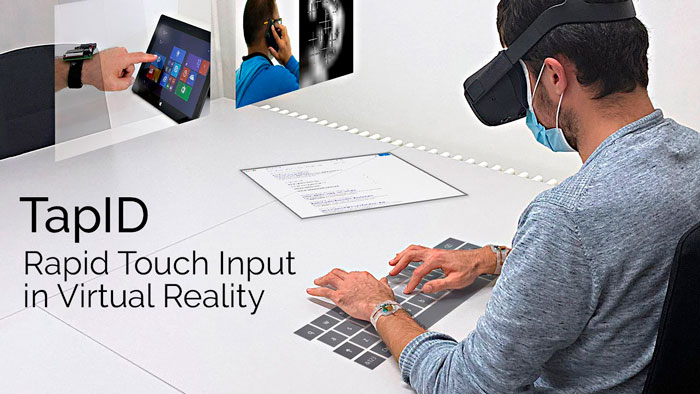Virtual reality is becoming more and more tangible. A group of Swiss engineers from the research institute ETH Zurich presented the results of using TapID technology, which allows expanding the scope of virtual reality by increasing the accuracy of the user’s movements.

An experimental prototype, which demonstrates the capabilities of TapID, is made in the form of a bracelet that monitors the vibration of the user’s fingers and transforms it into digital signals. To amplify and control vibration signals passing through the wrist bones, two accelerometers have been installed in the bracelet. Data processing is carried out in real time based on artificial intelligence using machine learning.
According to the developers from ETH Zurich, the accuracy of the new technique is much higher than in the systems using video cameras to control the user’s movements. The bracelet prototype test was carried out with the help of 18 volunteers. In addition to the bracelet, the engineers are going to integrate the technology into other wearable devices.
A short demo video on the official YouTube channel ETH Zurich presents the result of a rapid touch interaction between virtual reality and the real surface. This will make it possible to implement the user’s usual way of typing in VR reality, as well as create many more scenarios that integrate both realities.










